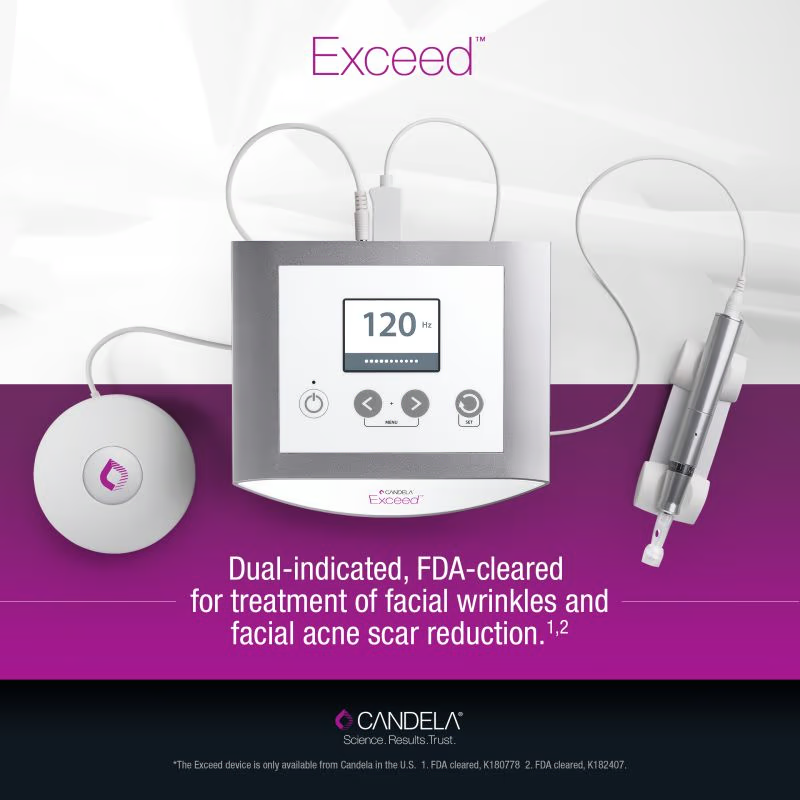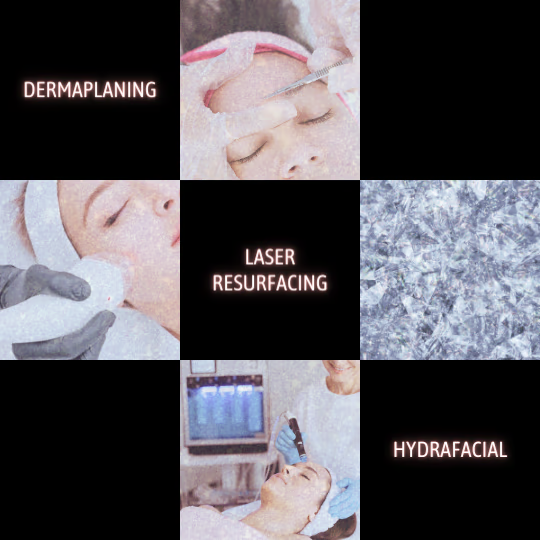Chemical Peel
With 10% AHAs and 2% BHAs, this chemical peel exfoliates deep under the skin to remove dead skin cells and excess oil. Say goodbye to rough texture, breakouts, and hyperpigmentation, and hello to clearer, brighter skin. Lactic, Mandelic, and Azelaic Acids even and brighten skin tone.
$200.00
Prefer a Payment Plan?
Get Pre-Approved with No Hard Credit Checks!
Deposits: Lock-in special pricing for 6 months (one treatment, one time). All deposits are nonrefundable but will be credited towards your account towards any service. All procedures require an in-person consultation and candidacy verification prior to treatment.
Note: All of our products & services are only available for pickup at our Honolulu location. We do not ship products or offer off-site services. If you are off-island we will credit it to your account for next time you are in town.
Learn All About
Chemical Peel
A chemical peel is a non-surgical cosmetic procedure designed to enhance the appearance of the skin by applying a specially formulated chemical solution to the surface. This solution causes the outer layers of skin to exfoliate and eventually peel off, revealing new, regenerated skin that is typically smoother, less wrinkled, and more evenly pigmented.





